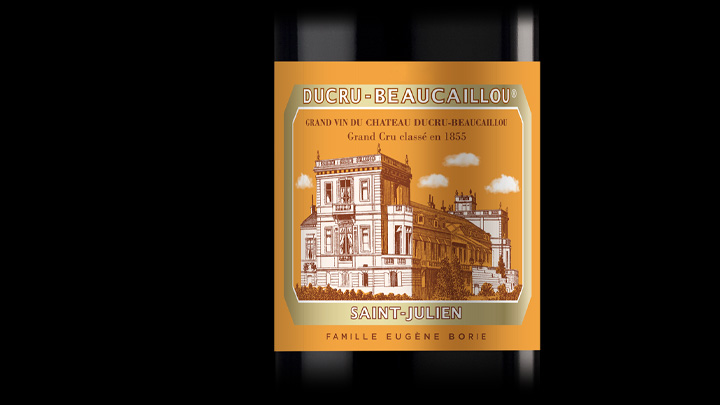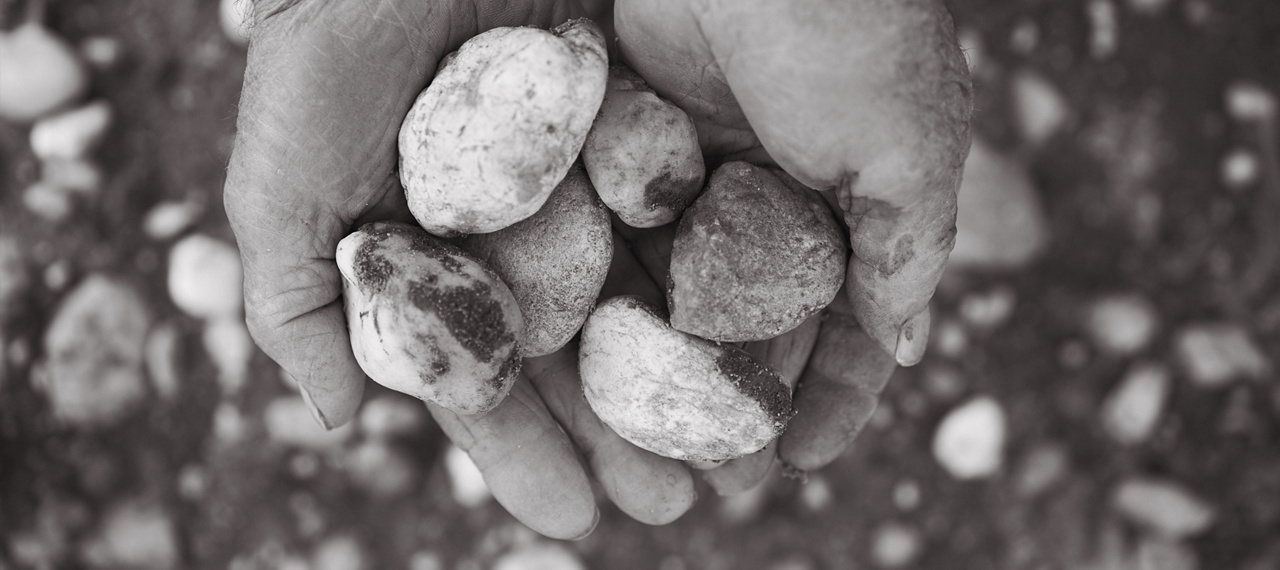Terroir
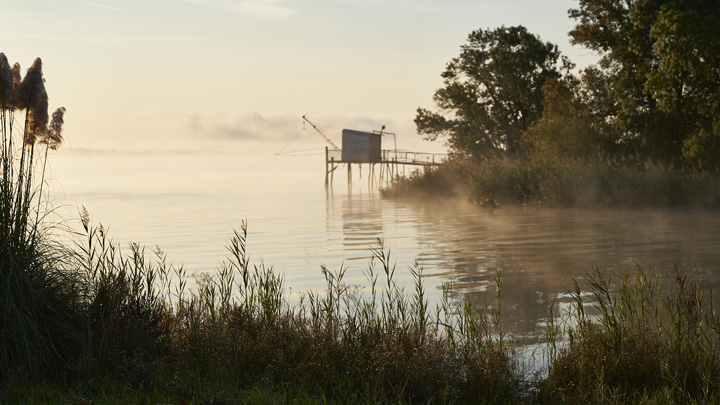
The Médoc
It is a singular, calm and balanced region, the Médoc, a “tongue of land” in the midst of the waters, open to the estuary to the east and bordered by the peaceful pine forest to the west. The peninsula also has a light like no other; steamy, slow, it lazily caresses the thousands of vine branches. The miracle of the Médoc lies in this marriage of the air, the land and the vine¹. Despite historical ups and downs, the reputation of its wines, which dates from before the Napoleonic classification of 1855, has remained intact, to the point of becoming the benchmark for foreign vineyards.
¹Definition given by Olivier de Serres
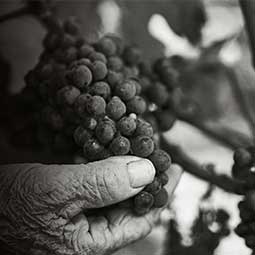
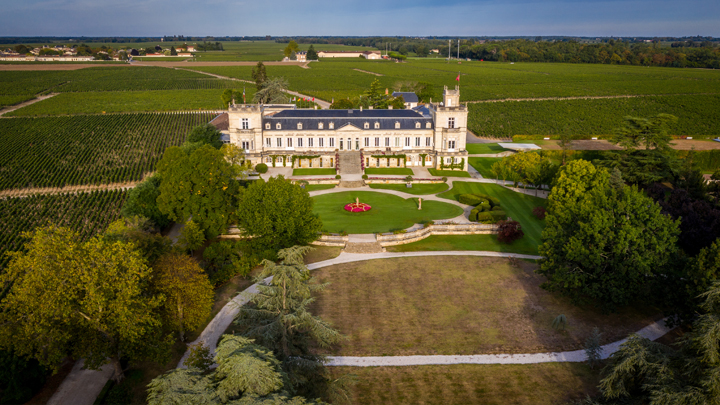
saint-julien
On these stony ridges, steeped in time, carved out by a primitive Gironde between Margaux to the south and Pauillac to the north, there is a concentration of prestigious estates. Despite the appellation’s small area (900 hectares), it boasts eleven classified growths. A cumulation of science and human values in one of the most highly regarded terroirs in the world. The best vineyards, slightly elevated, overlook the immense estuary (635 km2). The soils, essentially made up of gravel, marl and pebbles, give the wines of Saint-Julien an extraordinary elegance and breed. Wines of grace, silk and lace.
For sure, Saint-Julien is also a way of thinking, of feeling, of loving.

Les Beaux Cailloux (“beautiful pebbles”)
From the top of its undulating banks of vines, Ducru-Beaucaillou, like a tiger’s eye, multi-coloured and iridescent, a jewel set in its crown of vines, has something soft and eternal about it... Its gold and bronze colour belongs to the modesty of the day, to the velvet of the night, to the marriage of heaven and earth...
It is no coincidence: Château Ducru-Beaucaillou owes its name to these “beautiful pebbles” called Gunz gravel, quartz pebbles swept in by the ancient Garonne at the beginning of the early Quaternary Period, probably almost two million years ago. It suffices to talk a walk through the vineyards to make rich lithological finds. Lydian jasper from the Pyrenees, flint, quartz, agatoids... These Gunz gravels gave rise to poor soils, forcing the plant to draw its nutrients at depth; in summer, the pebbles retain daytime heat and return it to the vines at night, to facilitate the ripening of the grapes. A choice of nature, guaranteeing the excellent quality of the wines. Each cuvée, each vintage, explores a new “facet” of these “beautiful pebbles”.
At Ducru-Beaucaillou, the pebbles accomplish the Great Work...
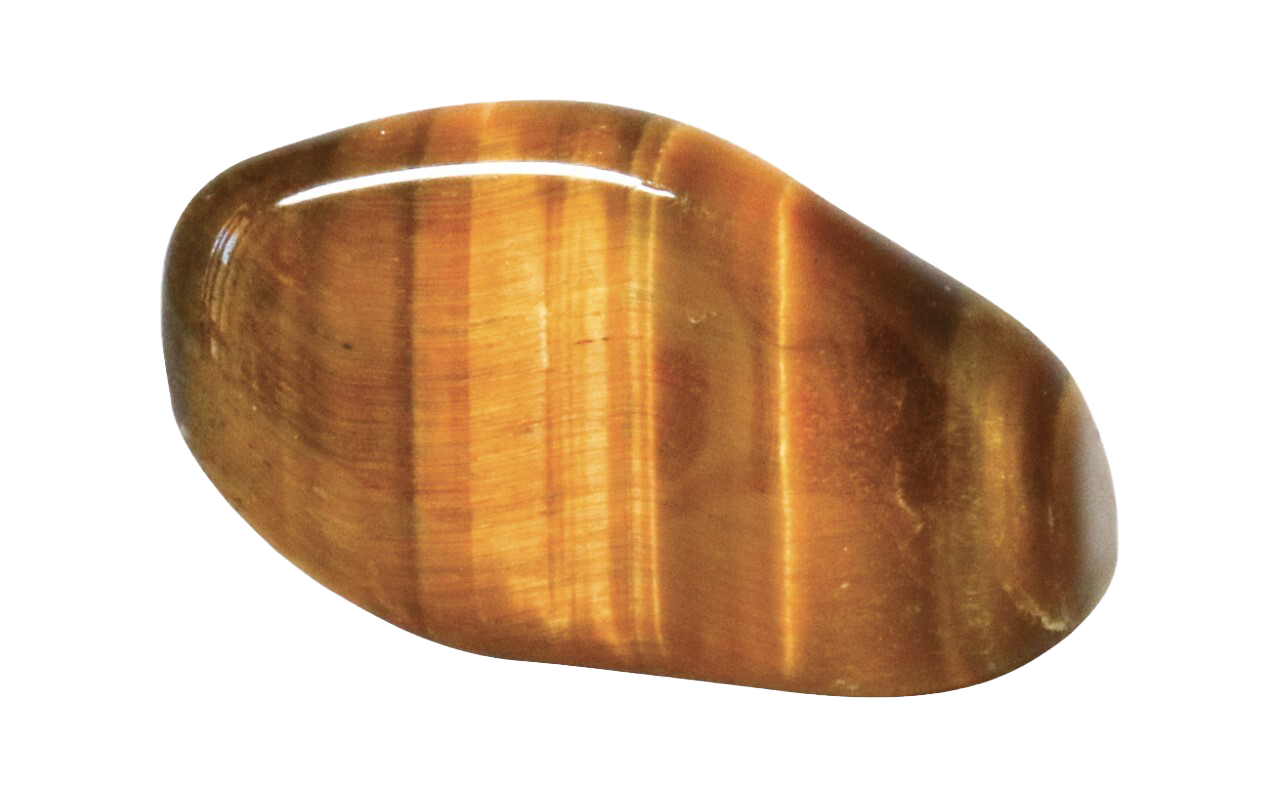

The Estuary
Another privilege of the Château Ducru-Beaucaillou terroir: its proximity to the estuary, the largest in Europe at 635 km2 and here more than three kilometres wide. On this exceptional site, the four daily tides stir up large bodies of water, mitigating harsh winters, moderating summer heatwaves, deflecting hail trajectories, and promoting good respiration.
Its high poetry is also moving. A majestic slowness, the silent banks, the golden waters that drink from our dreams and make the sailing boats drowsy. From this observation point, it used to be possible to follow the comings and goings of flat-bottomed riverboats and majestic ships.
